The content of the article
With the advent of the baby, a woman seeks to give him all the best. In fact, the newborn does not need material wealth. He needs mom's love, care, and an inexhaustible source of nutrients in a nutritious diet. Nature has thought everything through to the smallest detail, and this is confirmed by scientific studies that nothing better has been invented than mother's milk. It is not an easy task for a woman to filter out from those many familiar foods those that are of nutritional value to the baby and do not carry a possible health hazard. During lactation, it is necessary to undergo a detailed analysis of each ingredient consumed in food. Even such seemingly insignificant components as spices and seasonings, spices can cast doubt on cooked culinary delights.
Each one has a jar of cinnamon on the shelf with spices to figure out whether it is worth adding it to your family’s favorite pastries, you need to carefully study its composition and benefits for the body, and even more importantly, familiarize yourself with contraindications and possible side effects.
The chemical composition of cinnamon
Cinnamon is the dry bark of a cinnamon tree. It is saturated with essential oils, resins and tannins.
Structure:
- Proteins fats carbohydrates.
- Alimentary fiber.
- Macronutrients (potassium, phosphorus, calcium, sodium, magnesium).
- Trace elements (iron, zinc, manganese, selenium, copper).
- Fructose, sucrose, glucose.
- Essential and essential amino acids.
- Phytosterols.
- Fatty acids (omega6, omega3, linoleic, oleic, stearic, palmitic, margarine ...).
Rich vitamin B complex (B1, B2, B4, B5, B6, B9), A, RE, E, alpha-carotene, beta-carotene, lycopide, gamma-tocopherol, ascorbic acid, K, PP, NE, betaine.
The composition is unique and rich in substances useful for the development of the newborn. With a reasonable approach and moderate use, cinnamon can bring many benefits to a woman and her child.
What is the benefit of cinnamon for a nursing woman
- It is effective for volume recovery after a long period of gestation. Helps to cope with extra pounds.
- Strengthens the immune system. It has antiseptic properties. Helps the body withstand attacks of viruses, infections and fungi.
- Improves the digestive system. Restores and strengthens the stomach walls.
- It improves blood circulation. Lowers blood glucose.
- Helps speed up the healing process for respiratory infections caused by the common cold. It is used in traditional medicine as an effective expectorant.
- It is a source of good mood. Helps fight a dull, depressed state.
- Eliminates the processes of decay of animal products. Prevents toxic poisoning.
What is the danger?
Any new product introduced into a woman’s diet during breastfeeding requires careful use. It is necessary to start eating it with minimal doses. During this period, it is worthwhile to carefully monitor the condition of the child and his reaction to the innovation. Excessive consumption of cinnamon can lead to:
- Irritation of the walls of the stomach.
- Negative effects on the liver and kidneys.
- To strong contractions of the uterus.
- An allergic reaction in the child's body.
- Headache. Cinnamon is present in the composition of cinnamon.
- To aggravate existing problems with the nervous system.
Bleeding.The ability to thin the blood makes the product dangerous for stomach ulcers, open wounds.
How to use cinnamon, so as not to harm the child?
To avoid allergic redness, rashes, itching and nervousness of the baby, the following rules should be followed:
- Introducing spice into dishes consumed by a nursing woman is allowed no earlier than 4 months after the birth of the baby.
- The first samples of adding cinnamon should start in the morning, adding small amounts to tea or kefir. This will allow in the afternoon to understand how the children's body will react.
- If you have problems with digestion or the first signs of an allergic reaction, cinnamon must be excluded from the mother’s diet and consult a pediatrician immediately.
- In order not to provoke the appearance of failures in the body of the baby, it is recommended to add cinnamon to the diet no more than 3 times a week. Twice with tea or kefir and once in baking.
Adhering to these tips, you can use the useful composition of the product for the benefit of the mother and child.
Cinnamon recipe for better lactation
All the thoughts of a caring mother about how to extend the period of breastfeeding as long as possible. How to improve the quality of milk so that the baby can be satisfied without the addition of complementary foods. Hot tea, of course, contributes to an influx of milk, but quantity and quality are two different things. In order to enrich the composition with useful substances that contribute to the full development of the baby, it is enough to include the following drink in the woman’s nutrition:
- Cinnamon (1 tsp), pour into a deep container, add milk (1 tbsp. L.), Mix until smooth.
- Walnuts (10 pcs.) Are crushed, mixed with milk (200 ml.) And simmer on a stove over moderate heat (20 min.), The container is periodically set aside to prevent boiling.
- The gruel of cinnamon and milk, sugar (2 tsp), make in the milk-nut mixture and add (5 min.).
Cinnamon is in harmony with buns and other pastries. A woman who is limited in the use of sweets can afford to enjoy such a confectionery. But again, it is important not to forget about the destructive effect of flour products on the figure. In small quantities, the consumption of baked goods with cinnamon in the composition contributes to the production of the hormone of joy. This is a source of good mood, which is so useful for mom and baby.
Video: the beneficial properties and harms of cinnamon

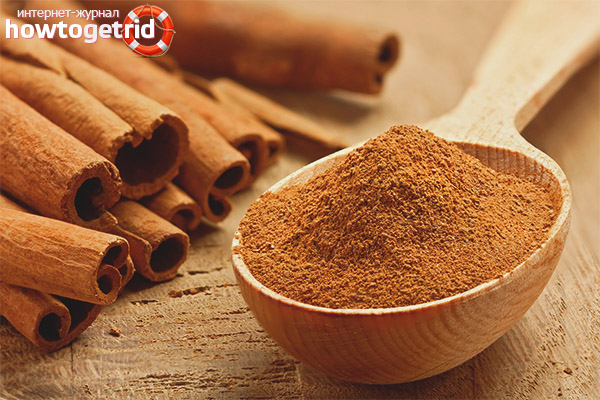
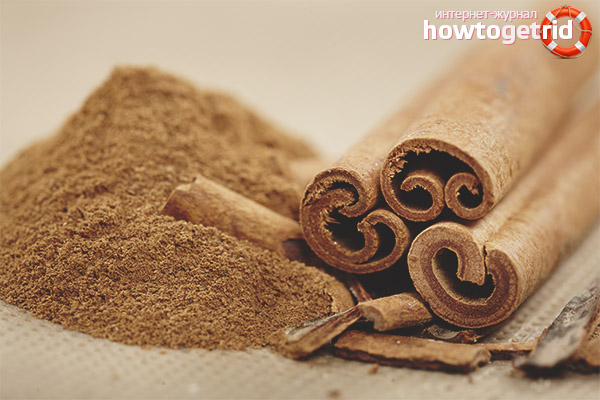
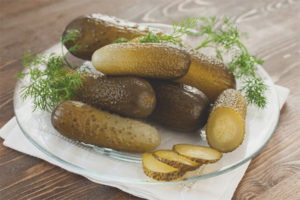
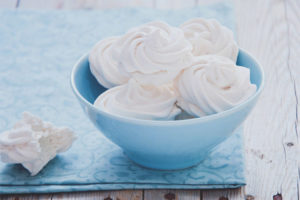
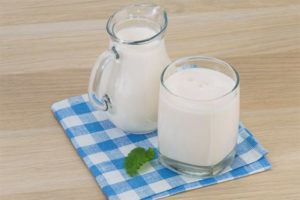
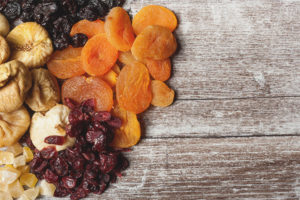
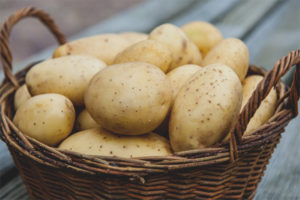

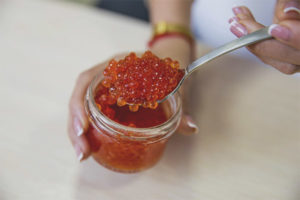
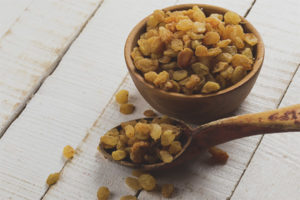
Submit